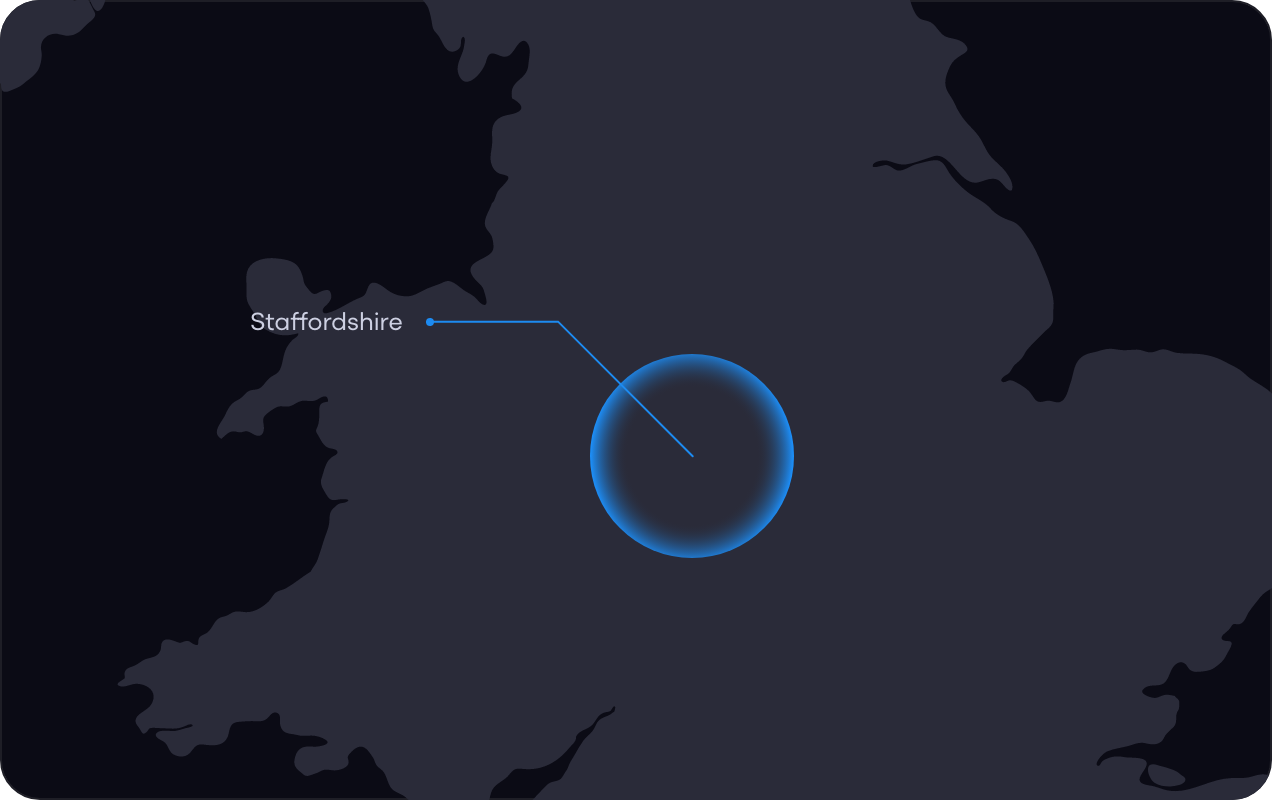The brief
The client runs a bricks-and-mortar sports shop alongside their e-commerce website. They wanted to generate more sales by driving higher footfall to the store whilst improving online sales and ROI.
They approached us looking for help achieving growth and consistent performance. Their biggest problem, as they saw it, was that they didn’t receive any insightful feedback from their current agency. They received a monthly report, but this lacked actionable insight; there were no explanations of whether their efforts had led to any improvements, so the client’s team could not take any lessons learned and build on them.
Since working with the incumbent Google Ads agency, they’d only managed to have one exceptional month, but the client felt this could be attributed to other factors.
The challenges and how we solved them
The Challenge
The previous agency wouldn’t give the client their accounts back, only offering them minimal access.
The Solution
The client’s Google Ads agency was Yell, and they owned all the accounts relating to the client’s digital marketing on Google and Bing. This included the client’s Google Merchant Centre, tracking (Google Tag Manager) and analytics (Google Analytics) accounts. What was usually a simple process of gaining admin rights to hand them over became an impossible task. Whilst steps could be taken to reclaim these accounts, that would have taken significant time.
We decided to find another solution to give the client 100% ownership over their own accounts. Firstly, we used a tool called GTMspy to access the tracking information, review the setup, and implement it again in a new GTM account. We moved them over to their own Google Analytics account and set up a new Google Ads account for them, all within a day.
The client wanted more meaningful communication
The Challenge
The agency provided a monthly report detailing metrics the client didn’t understand. The client couldn’t see how their team could make decisions based on impressions, clicks and conversions as the report lacked the most valuable insight – revenue!
The Solution
Reports can help us to review overall performance and ensure we measure growth against previous months and years, but the client needed more. They wanted to have detailed conversations about the data, its meaning, and why it was important. From these conversations we’ve tested numerous strategies, whilst understanding that each had a specific goal, meaning we had better-aligned KPIs to measure performance.
The Wix website wasn’t optimised for customer experience
The Challenge
The client’s e-commerce site was built in Wix, resulting in some problems. It wasn’t optimised well for mobile, so it had low engagement from users visiting the site on mobile. The content structure was poor on key pages like the homepage and main category pages, which limited the site’s potential to perform better through organic search.
The Solution
The poorly optimised site resulted in poor engagement and customer experience. The high bounce rate on mobile devices and poor conversion rates reflected this. However, there were numerous issues that had the potential to impact the site’s conversion rate. Others we highlighted not only impacted the customer experience, but also restricted the site’s SEO.
For example, the homepage held nearly all of the site’s backlinks and a homepage is an ideal place to include signposts to help users find relevant content quickly; with this improvement to the page content, the homepage’s backlinks began to share that value throughout more of the pages on the site, leading to improvements across all key product category pages.
Some changes were simple, such as changing the menu on mobile as this had previously permanently occupied 33% of the screen. Other changes required a lot of research to understand how best to approach them.
Starting from scratch in Google Merchant Centre
The Challenge
The Google product feed had no optimisations, so products served on Google had core information missing and many other issues. This affected around 85% of their products.
The Solution
As the client’s Google Merchant Centre account was new, it had no optimisations in place, and the product data being fed in from Wix’s product feed had huge gaps. Initially, we walked the client through what information is necessary when adding products to the site and the limitations on what can and can’t be done:
- Product size – This is a requirement to be able to list clothing in the UK.
- SKU | Barcode | EAN-13 | GTIN (Lots of different names) – Missing this can result in Google limiting your performance for the listing.
- Image sizes – Images were too small for the shopping ads.
- Product names – Some titles were FULLY CAPITALISED which were disapproved, so they wouldn’t appear in listings.
- Product descriptions – Some were missing, whilst some had more than 5000 words. This was also likely to result in inconsistency with the website’s design when users were viewing these products.
- Product details – Brand, colour, variant details and more were missing or wrong.
Whilst some of these issues could and were fixed initially in Google Merchant Centre, it’s better to fix the source of these issues so they become less frequent over time. This is likely to lead to improved performance for paid and organic search.
The Challenge
The client needed help measuring the impact of Google Search ads on in-store footfall and sales, which meant that Search ads for the store that focused on a radius around it were undervalued. This meant they were seen as an easy option to turn off to improve metrics inside Google Ads, without proper concern for the impact of real-world metrics.
The Solution
Over a sustained period, we performed tests of various Google Ads’ strategies with differing budgets. This enabled us to clearly identify which strategy had the largest impact on in-store sales and fully adapt this within our budget. We’re currently testing additional budget spend to see if this has the potential to drive even more sales through the bricks-and-mortar shop.

What we delivered
In the first year online orders were up 227%, driving 110% more revenue, with the same amount of Google Ads’ investment and lower agency fees. In-store appointments were up 40% initially. Our learnings from the deep dive into the in-store sales data enabled us to identify the best strategy and, following its implementation, the number of in-store appointments exploded. Overall, these results delivered a 32% improvement on the client’s ROI too.
227% increase in online orders
110% increase in revenue
32% improvement on ROI
What’s next?
We’re working with the client to optimise the site’s SEO and content better, aiming to improve the customer experience on the site even more. It’s now clear to the client that Google’s organic search drives the highest value for their online sales and that it should be their primary focus moving forward, while still utilising Google, Facebook and Instagram ads to deliver high intent users to the site. Whilst the changes so far have led to improved sales and a huge improvement in site traffic, we think this can go further. We’re planning changes that consider the different types of customers, the level of content they require, and how to better support customers on high-ticket items by improving the information on these product pages.
